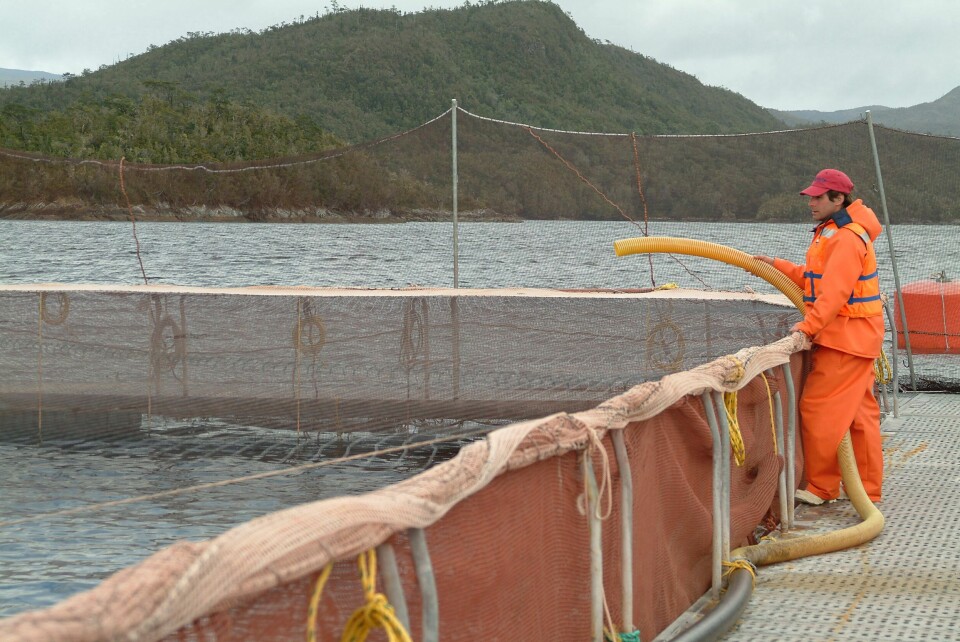
Antibiotic league table published
Nova Austral and Antártica have the lowest antibiotic consumption per tonne of fish produced in Chile, according to the new report by Sernapesca.
Nova Austral, the salmon producer operating in the region of Magallanes, reported a total use of 2.3 tonnes of antimicrobials last year, which equates to 114g per tonne of salmon produced.
Meanwhile, according to the latest report on antimicrobial use submitted by the Chilean Service of Fisheries and Aquaculture (Sernapesca), Salmones Antartica, the company controlled by Nippon Suisan Kaisha, which has farms in Los Lagos and Aysén, used 5.3 tonnes of antibiotics in 2015, representing a consumption of 155g per tonne of biomass produced.
Other companies
Other producers with a comparatively low consumption of antibiotics include Los Fiordos, which operates in Araucania and Aysen, which used 212g per tonne of biomass produced.
The supplier of eggs and genetics, Aquagen Chile, reported a consumption of 295g per tonne of biomass produced.
As reported by Sernapesca, the consumption rate was calculated based on the volume of antimicrobials used during the year compared to the biomass produced, which corresponds to the sum of the liveweight harvest and mortality.
You can download the full report in Spanish here and see the rest of the companies below.
The report 2015
Sernapesca has recently published the report on antimicrobial use in the Chilean salmon industry in 2015. For the first time, this report includes information disaggregated by each company.
The national director of Sernapesca, José Miguel Burgos, observed that 22 of the 25 companies with farms in the sea have provided this information, and expressed confidence that the following versions of this report will include data from 100 per cent of the industry.
Source: Sernapesca, 2016.























































